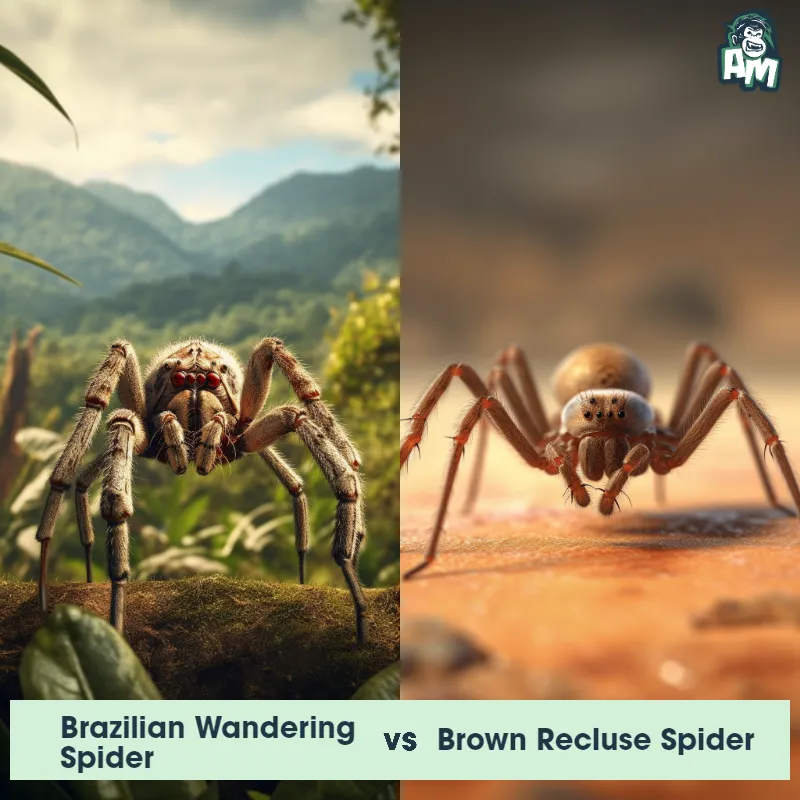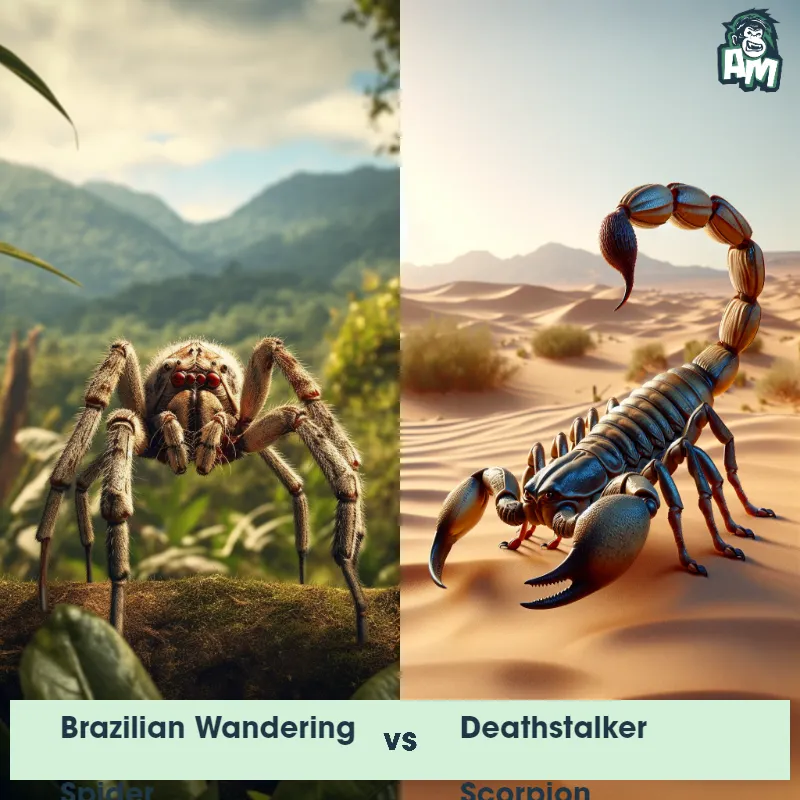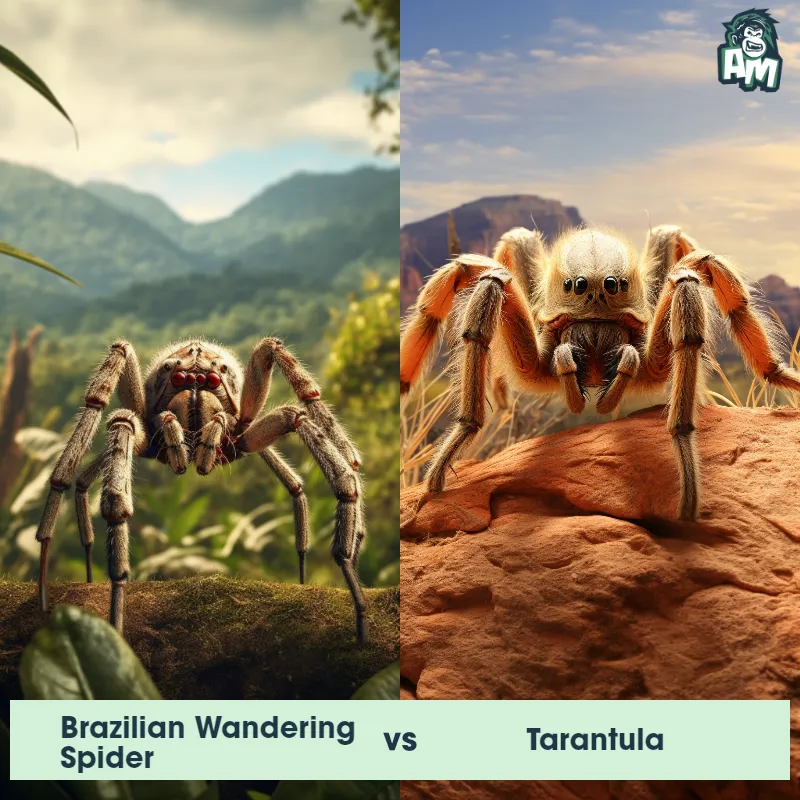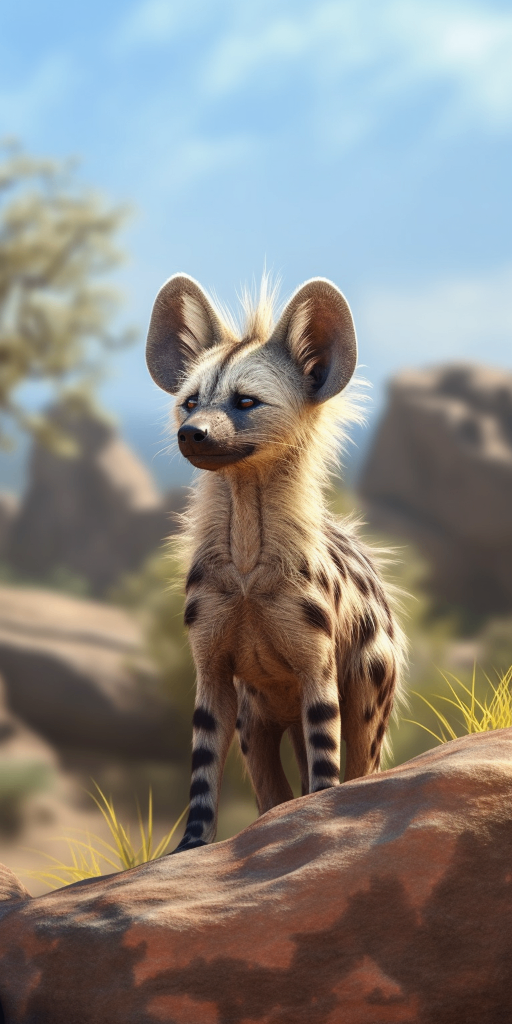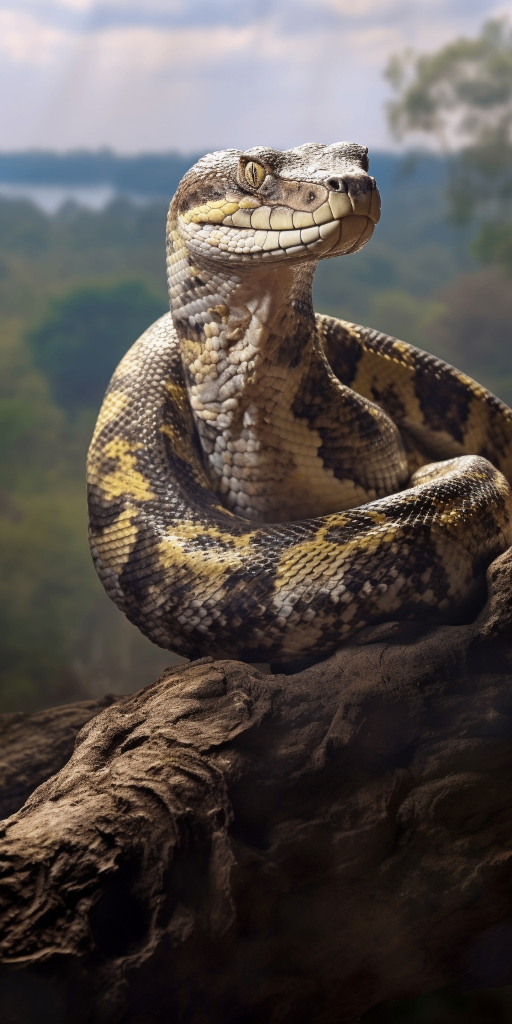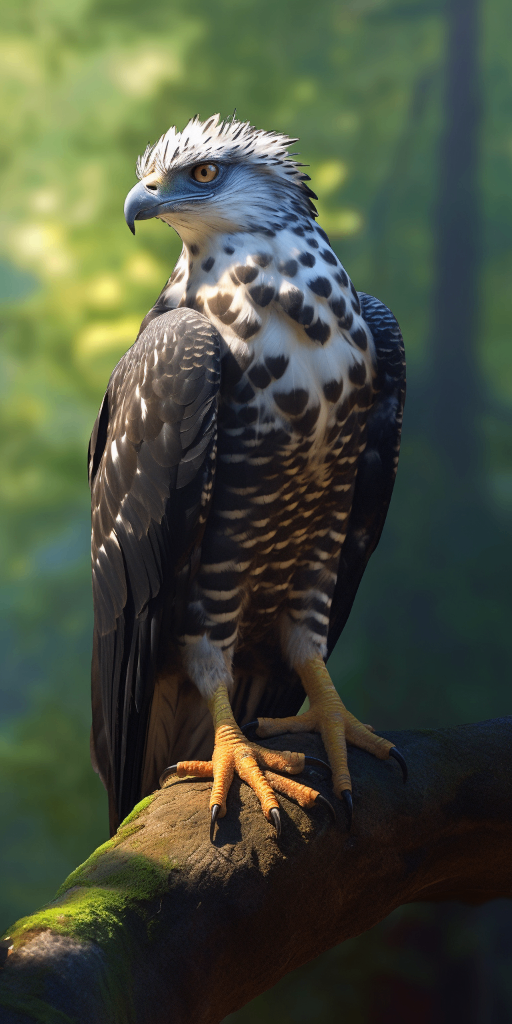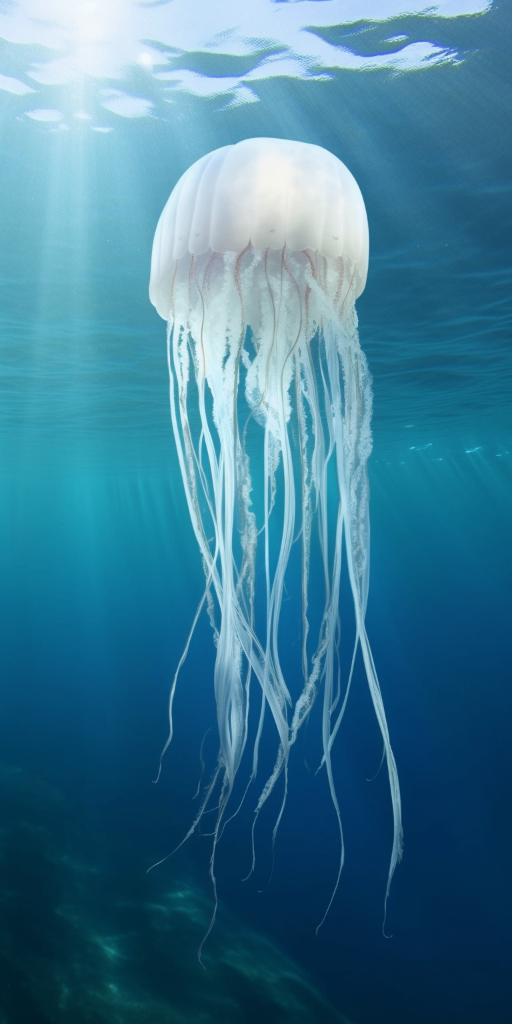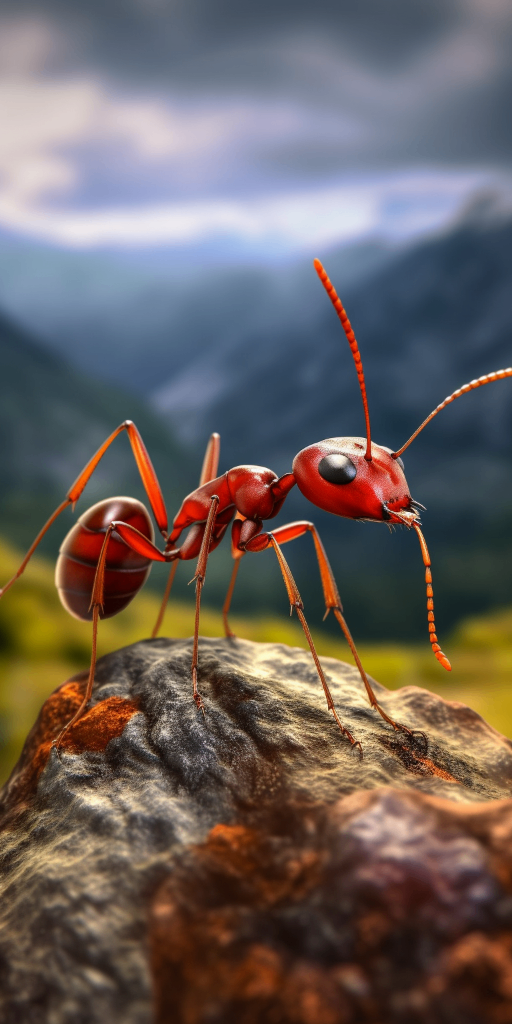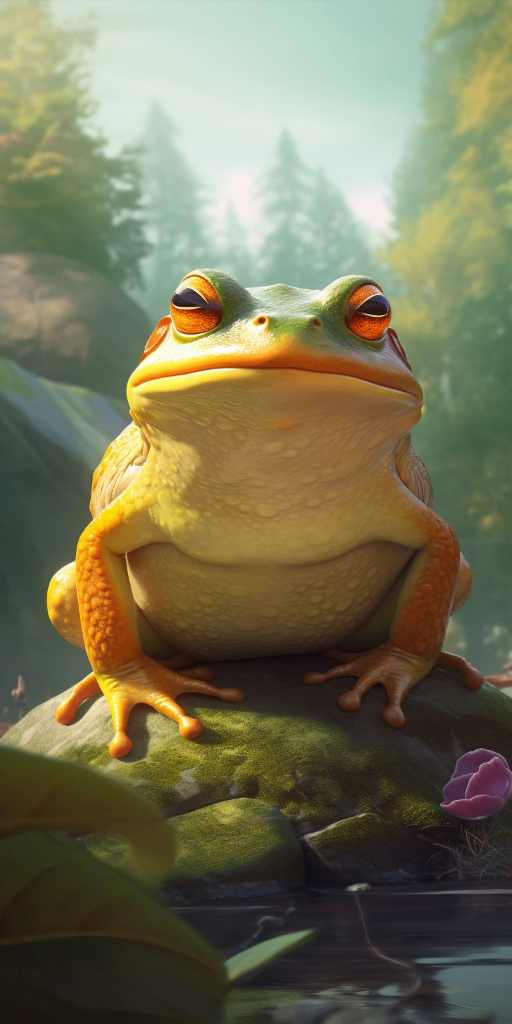The Brazilian Wandering Spider
The Brazilian Wandering Spider, also known as the armed spider or banana spider, is a venomous arachnid found in Central and South America. It is considered one of the most dangerous spiders in the world. The spider is medium to large in size, with a leg span of up to 6 inches. It has a hairy body, long and slender legs, and displays a variety of colors and patterns, including a distinctive red or orange mark on its abdomen. Unlike most spiders, it does not build a web; instead, it wanders the forest floor or hides in crevices during the day, making it particularly dangerous to humans.
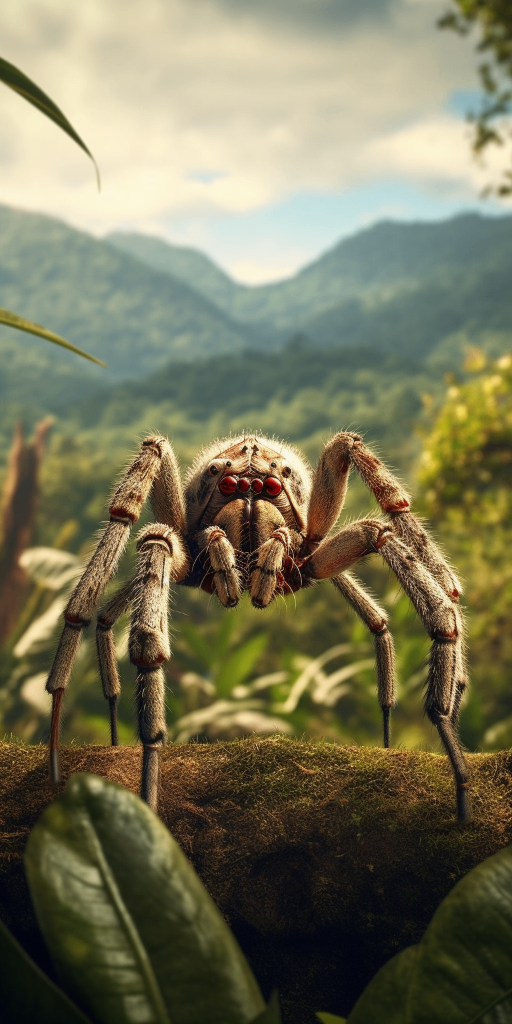
| Brazilian Wandering Spider | |
|---|---|
| Size | Up to 5 inches (12.7 cm) |
| Weight | Up to 0.3 ounces (8.5 g) |
| Speed | Speed: 1.5 mph (2.4 km/hr) |
| Key Strength | Venomous bite |
| Biggest Weakness | Vulnerable to predators |
| Scientific Name | Phoneutria nigriventer |
| Family | Ctenidae |
| Habitat | Homes and gardens |
| Geography | South and Central America |
| Diet | Insects, small animals, and other spiders |
| Lifespan | 1 year - 4 years |

The Brazilian Wandering Spider
The Brazilian Wandering Spider, also known as the armed spider or banana spider, is a venomous arachnid found in Central and South America. It is considered one of the most dangerous spiders in the world. The spider is medium to large in size, with a leg span of up to 6 inches. It has a hairy body, long and slender legs, and displays a variety of colors and patterns, including a distinctive red or orange mark on its abdomen. Unlike most spiders, it does not build a web; instead, it wanders the forest floor or hides in crevices during the day, making it particularly dangerous to humans.
Fun Fact: The Brazilian Wandering Spider is not only venomous but also extremely aggressive, often displaying a threat posture by raising its front legs when disturbed or threatened.
| Brazilian Wandering Spider | |
|---|---|
| Size | Up to 5 inches (12.7 cm) |
| Weight | Up to 0.3 ounces (8.5 g) |
| Speed | Speed: 1.5 mph (2.4 km/hr) |
| Key Strength | Venomous bite |
| Biggest Weakness | Vulnerable to predators |
| Scientific Name | Phoneutria nigriventer |
| Family | Ctenidae |
| Habitat | Homes and gardens |
| Geography | South and Central America |
| Diet | Insects, small animals, and other spiders |
| Lifespan | 1 year - 4 years |
Brazilian Wandering Spider Matchups
We use AI to simulate matchups between the Brazilian Wandering Spider and other animals. Our simulation considers size, strength, and natural predatory behaviors to determine the most likely outcome.
Brazilian Wandering Spider: Diet, Predators, Aggression, and Defensive Behaviors
What do Brazilian Wandering Spiders eat?
Brazilian Wandering Spiders are carnivorous predators, feeding primarily on insects like crickets, cockroaches, and beetles. They are also known to hunt small vertebrates such as lizards, frogs, and mice. These spiders may also catch other spiders or even small snakes as prey. Their venom helps to immobilize and digest their food.
Do Brazilian Wandering Spiders have any predators?
While Brazilian Wandering Spiders are apex predators in their ecosystems, they do have some predators. Birds like owls and hawks have been observed preying on these spiders. Additionally, snakes and certain types of wasps are known to feed on these spiders. However, due to their venomous bite and agile movements, Brazilian Wandering Spiders are not an easy meal for most predators.
Are Brazilian Wandering Spiders aggressive?
Brazilian Wandering Spiders are known to be highly aggressive when threatened or provoked. They will not hesitate to bite if they feel cornered or in danger. However, they will typically give warning signs such as rearing up on their hind legs and exposing their fangs before attacking. It is important to exercise caution and avoid provoking these spiders in their natural habitat.
Do Brazilian Wandering Spiders fight with other species?
Brazilian Wandering Spiders are solitary creatures and will generally avoid confrontation with other spiders or animals, unless it is for hunting or self-defense. They are more likely to engage in combat with prey or potential threats than with members of their own species. However, if two male Brazilian Wandering Spiders encounter each other during mating season, they may engage in a territorial dispute.
How do Brazilian Wandering Spiders defend themselves?
When faced with a threat, Brazilian Wandering Spiders have several defense mechanisms at their disposal. They may exhibit aggressive behavior, raising their front legs and exposing their fangs as a warning. If this does not deter the threat, they are capable of delivering a venomous bite that can cause severe pain and potentially be fatal to humans. Additionally, these spiders are agile and quick, enabling them to evade predators or escape dangerous situations.
What is the biggest weakness of Brazilian Wandering Spiders in a fight?
Despite their potent venom and aggressive nature, Brazilian Wandering Spiders have a vulnerability in their soft exoskeleton. Their bodies are not as robust as some other arachnid species, making them more susceptible to physical damage in a fight. Predators that can overpower them with sheer strength, like large birds or snakes, may pose a serious threat to these spiders. Additionally, injuries sustained in combat can hinder their ability to hunt and survive in their environment.
Fun Fact: This spider has been listed in the Guinness World Records as the world's most venomous spider, as its venom can cause severe pain, swelling, and even paralysis or death in humans if untreated.
Fun Fact: Male Brazilian Wandering Spiders often exhibit a unique and fascinating courtship ritual, which involves drumming or tapping their legs on the leaves to attract females, showcasing their agility and fitness in the process.



